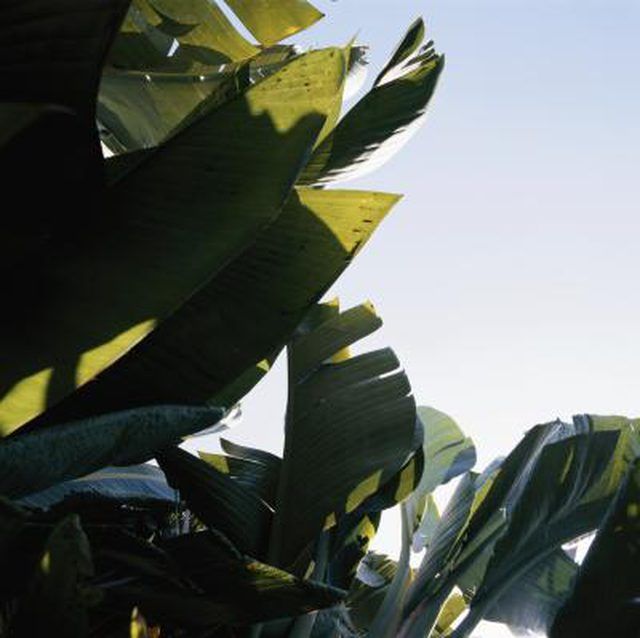Bulbs
Flower Basics
Flower Beds & Specialty Gardens
Flower Garden
Garden Furniture
Garden Gnomes
Garden Seeds
Garden Sheds
Garden Statues
Garden Tools & Supplies
Gardening Basics
Green & Organic
Groundcovers & Vines
Growing Annuals
Growing Basil
Growing Beans
Growing Berries
Growing Blueberries
Growing Cactus
Growing Corn
Growing Cotton
Growing Edibles
Growing Flowers
Growing Garlic
Growing Grapes
Growing Grass
Growing Herbs
Growing Jasmine
Growing Mint
Growing Mushrooms
Orchids
Growing Peanuts
Growing Perennials
Growing Plants
Growing Rosemary
Growing Roses
Growing Strawberries
Growing Sunflowers
Growing Thyme
Growing Tomatoes
Growing Tulips
Growing Vegetables
Herb Basics
Herb Garden
Indoor Growing
Landscaping Basics
Landscaping Patios
Landscaping Plants
Landscaping Shrubs
Landscaping Trees
Landscaping Walks & Pathways
Lawn Basics
Lawn Maintenance
Lawn Mowers
Lawn Ornaments
Lawn Planting
Lawn Tools
Outdoor Growing
Overall Landscape Planning
Pests, Weeds & Problems
Plant Basics
Rock Garden
Rose Garden
Shrubs
Soil
Specialty Gardens
Trees
Vegetable Garden
Yard Maintenance
Information on Banana Leaves
Information on Banana Leaves. The banana plant (genus Musa) is a small fruit-bearing tree indigenous to the hot, moist jungles of southeast Asia. This tree is best known for producing clusters of highly nutritious fruit. Its large, leathery green leaves also possess a number of useful qualities.

The banana plant (genus Musa) is a small fruit-bearing tree indigenous to the hot, moist jungles of southeast Asia. This tree is best known for producing clusters of highly nutritious fruit. Its large, leathery green leaves also possess a number of useful qualities.
Historical Medicinal Use
According to Margaret Joan Roberts in her book "Edible & Medicinal Flowers," banana leaves were used in ancient Egypt to dress wounds. Roberts reports that the fruit of the banana was mashed and applied to rashes and infected scratches, being subsequently covered by warmed banana leaves to create a healing poultice.
Culinary Use
Banana leaves are also used in cooking around the world. In Burma, the chopped stems of the banana leaf lend a subtle flavor to certain curried soups. In southeast Asia, banana leaves are often used instead of plates, as well as to wrap foods such as fish and rice before steaming. Mexican cuisine makes use of banana leaves to wrap tamales, as well as seafood and poultry dishes. Philippine cooking also includes many banana-leaf wrapped recipes, several of which are cooked on an open fire.
Folklore and Symbolism
In northern India, where the banana tree is associated with the goddess Nanda Devi, premature infants are placed upon banana leaves, ostensibly to benefit from their vitalizing properties. Similarly, in West Africa, banana leaves are thought to correspond to the forces of fertility and virility.